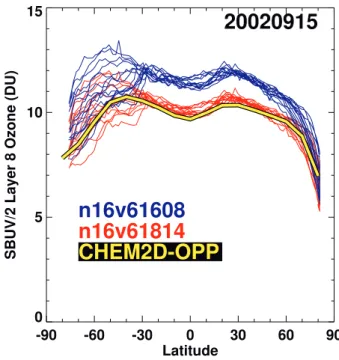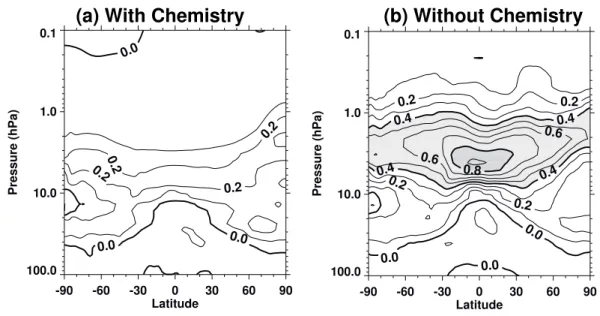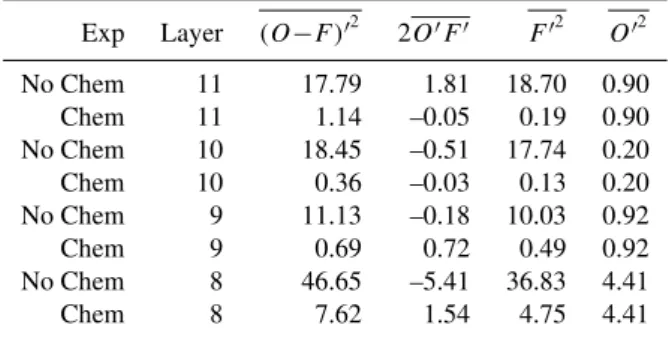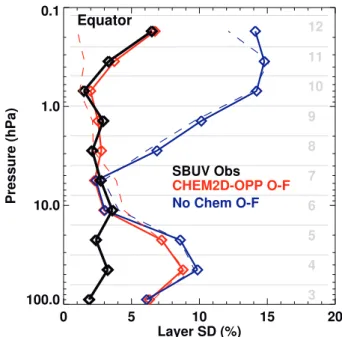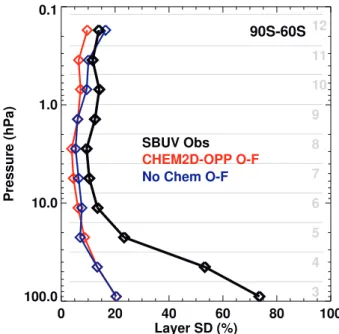Effects of model chemistry and data biases on stratospheric ozone assimilation
Texto
Imagem
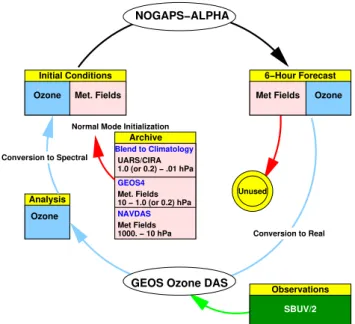



Documentos relacionados
A Organização Mundial da Saúde (OMS), o Ministério da Saúde (MS) e outros órgãos não- governamentais, preocupados com a atual assistência ao parto, propuseram
The probability of attending school four our group of interest in this region increased by 6.5 percentage points after the expansion of the Bolsa Família program in 2007 and
Some relative approaches are based on a pairwise comparison of the candidate time series with the reference stations data, while other methods are based on composite reference
With respect to independent data, the water vapour biases in the southern hemisphere high latitudes depend on the in- strument considered. Compared to POAM III data, the bi- ases
Figure 4 shows vertical profiles of the isentropic mean and standard deviation of the observations minus analysis for the ozone data (global and annual average, taken over all
Raw data gener- ated by the model are processed to obtain the time series of concentration and isotopic composition of atmospheric ni- trate and in a top skin layer of 4 mm, the
Figure 14 shows the annual mean total ozone de- viations in time series for SBUV, WOUDC data set, SPDE and covariance-based kriging estimated means when drifts are present..
The specific aims of this study are: (1) to generate a runoff time series using field data and hydrological modelling; (2) to generate a suspended sediment load time series using a
